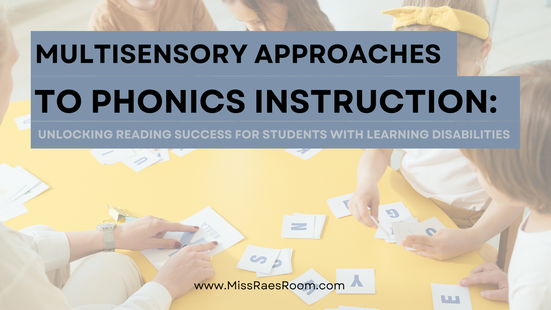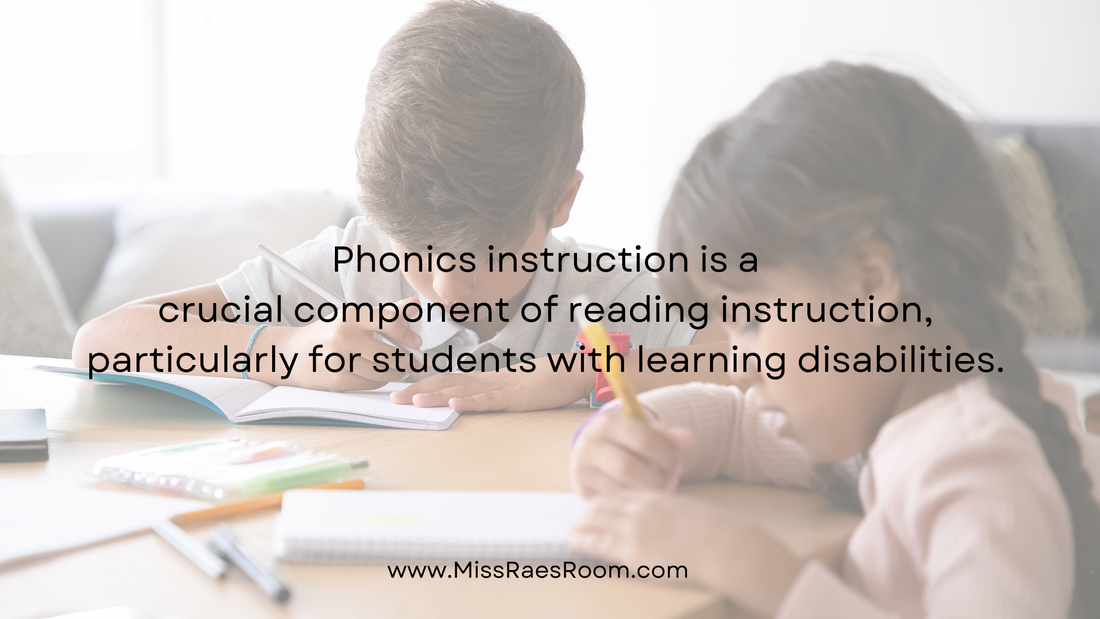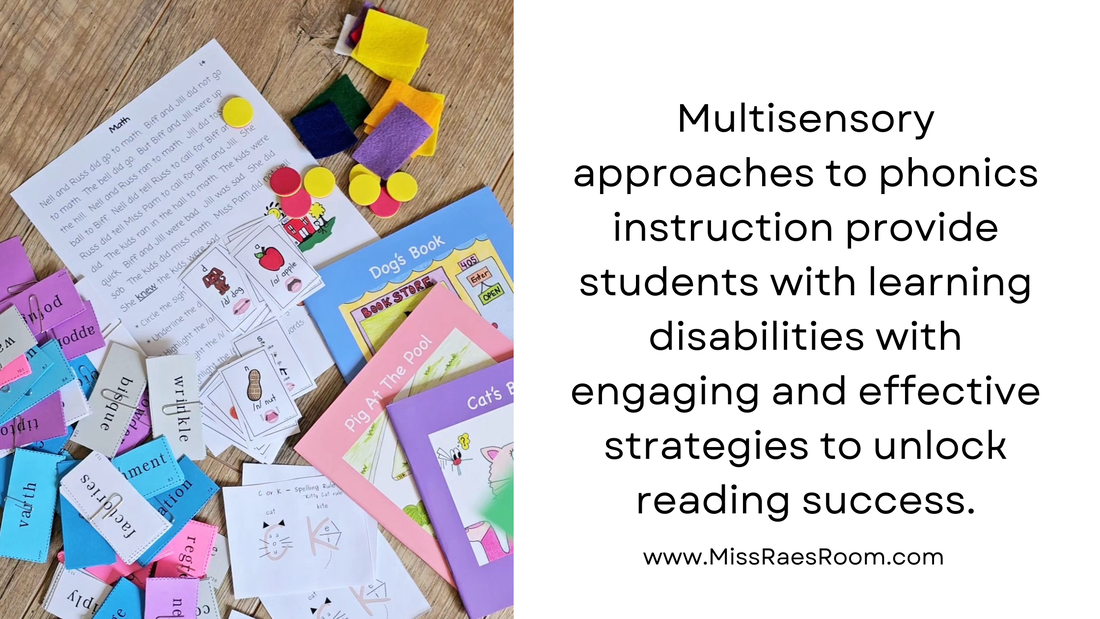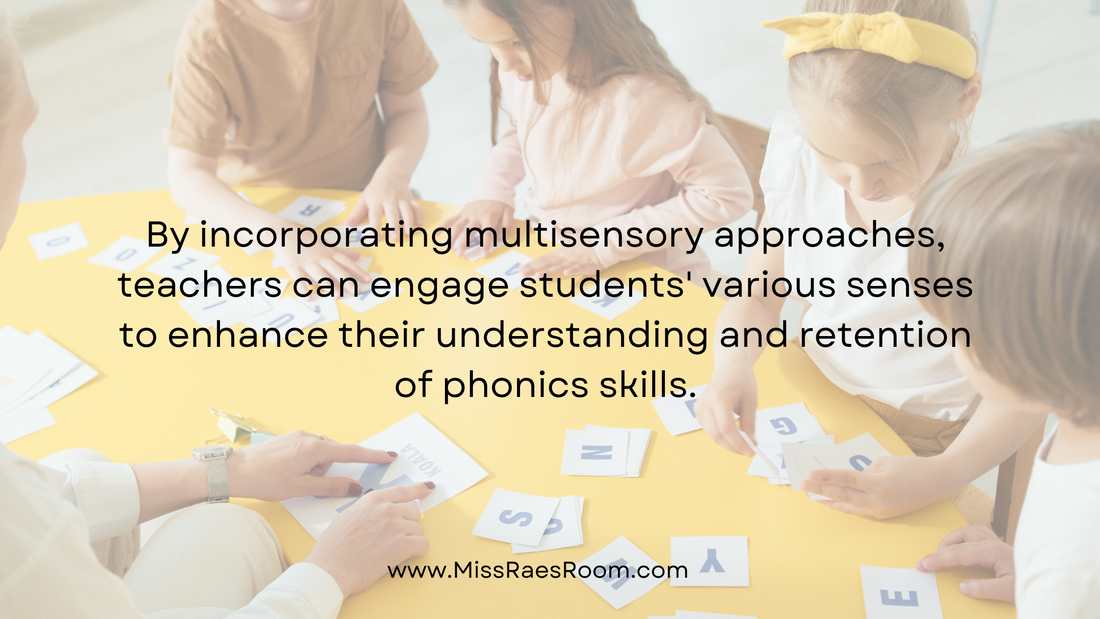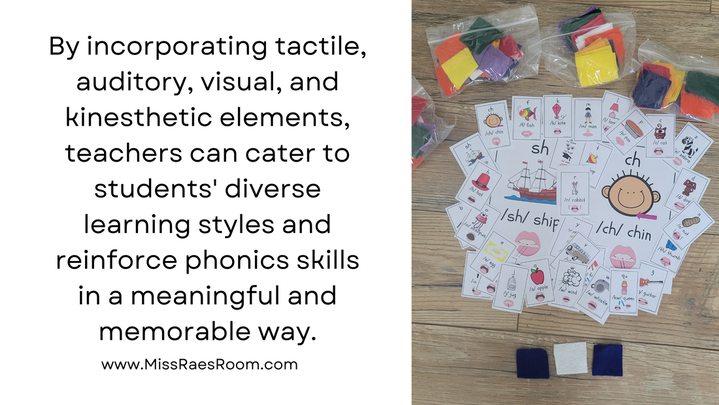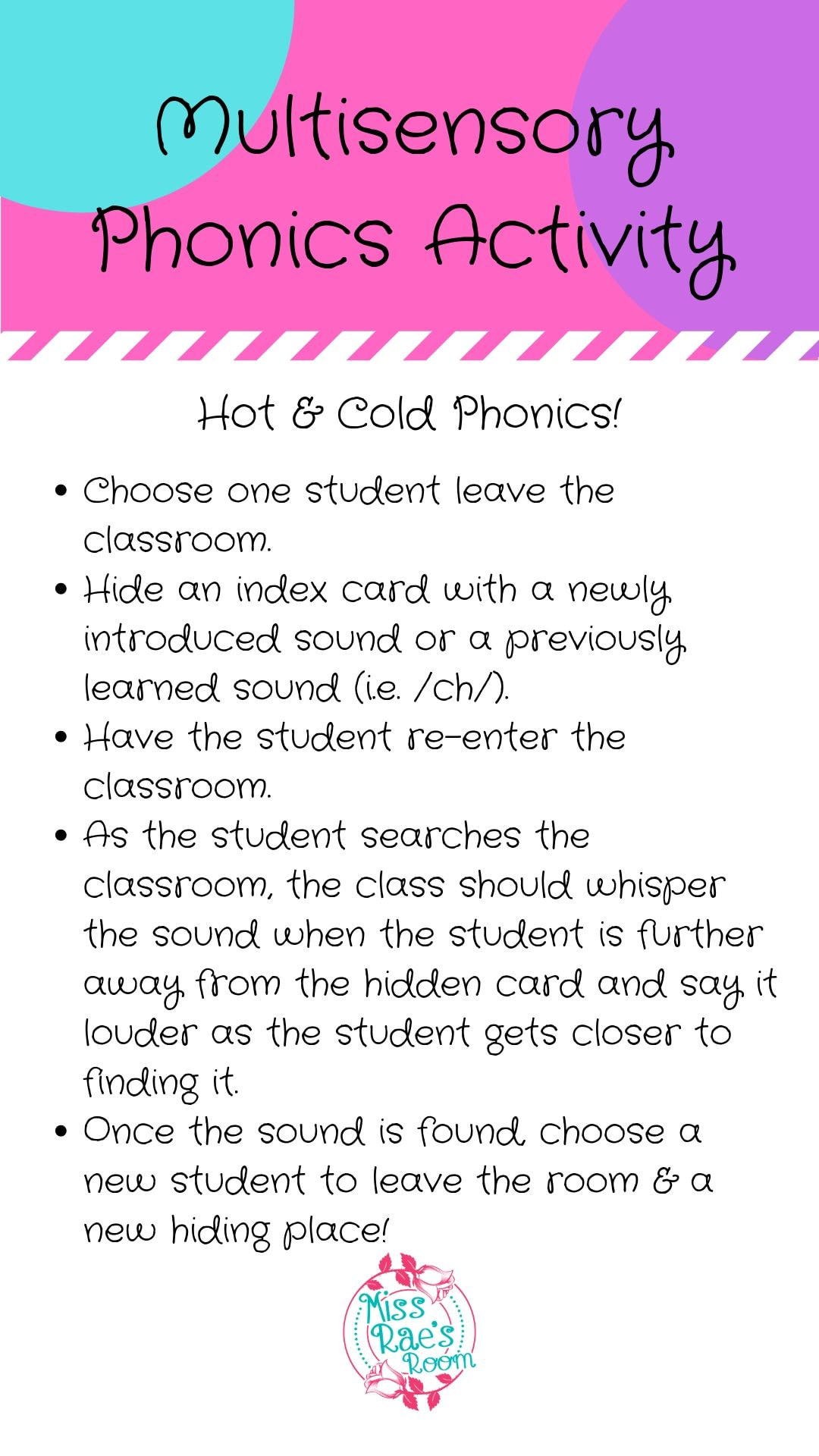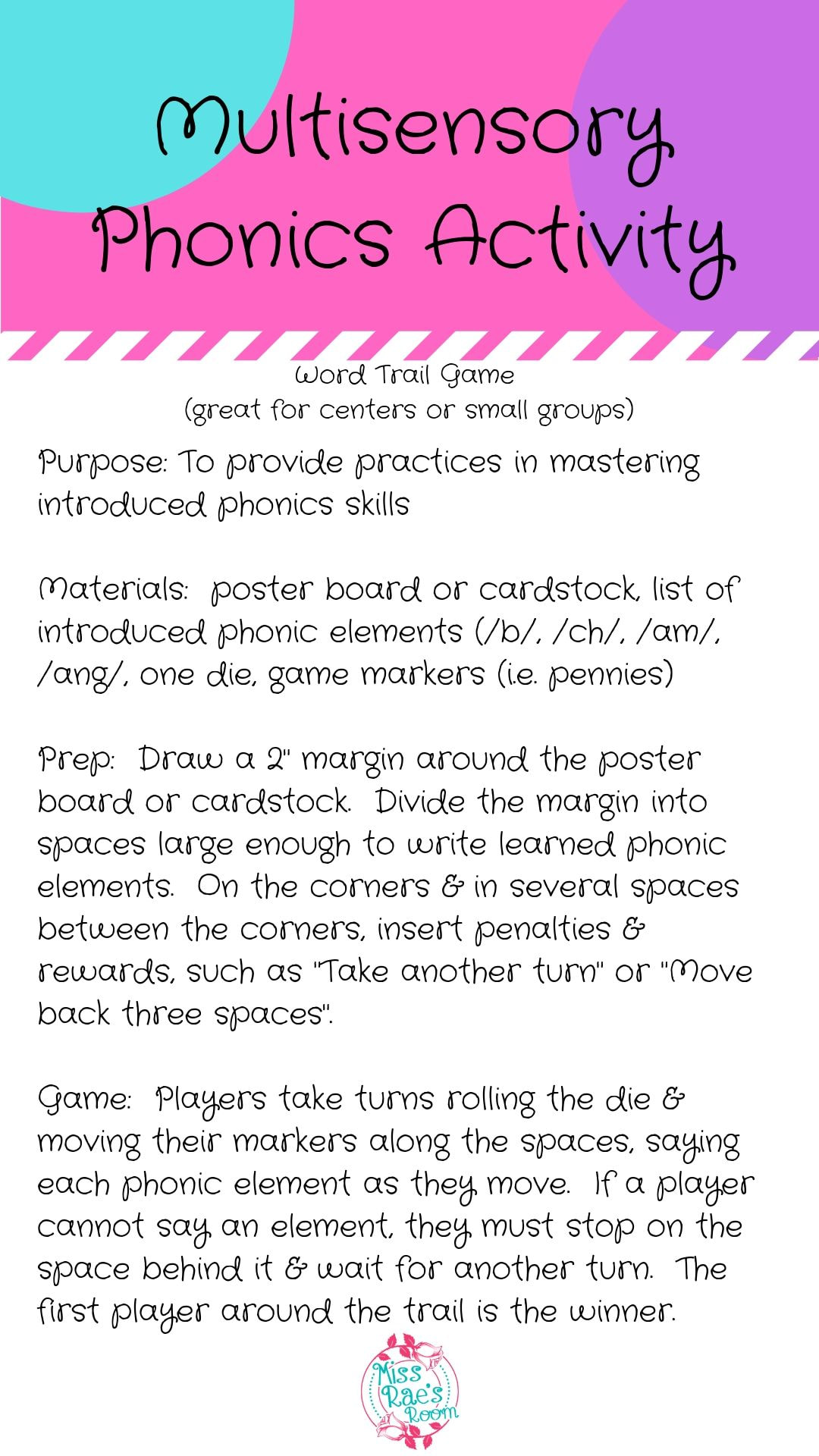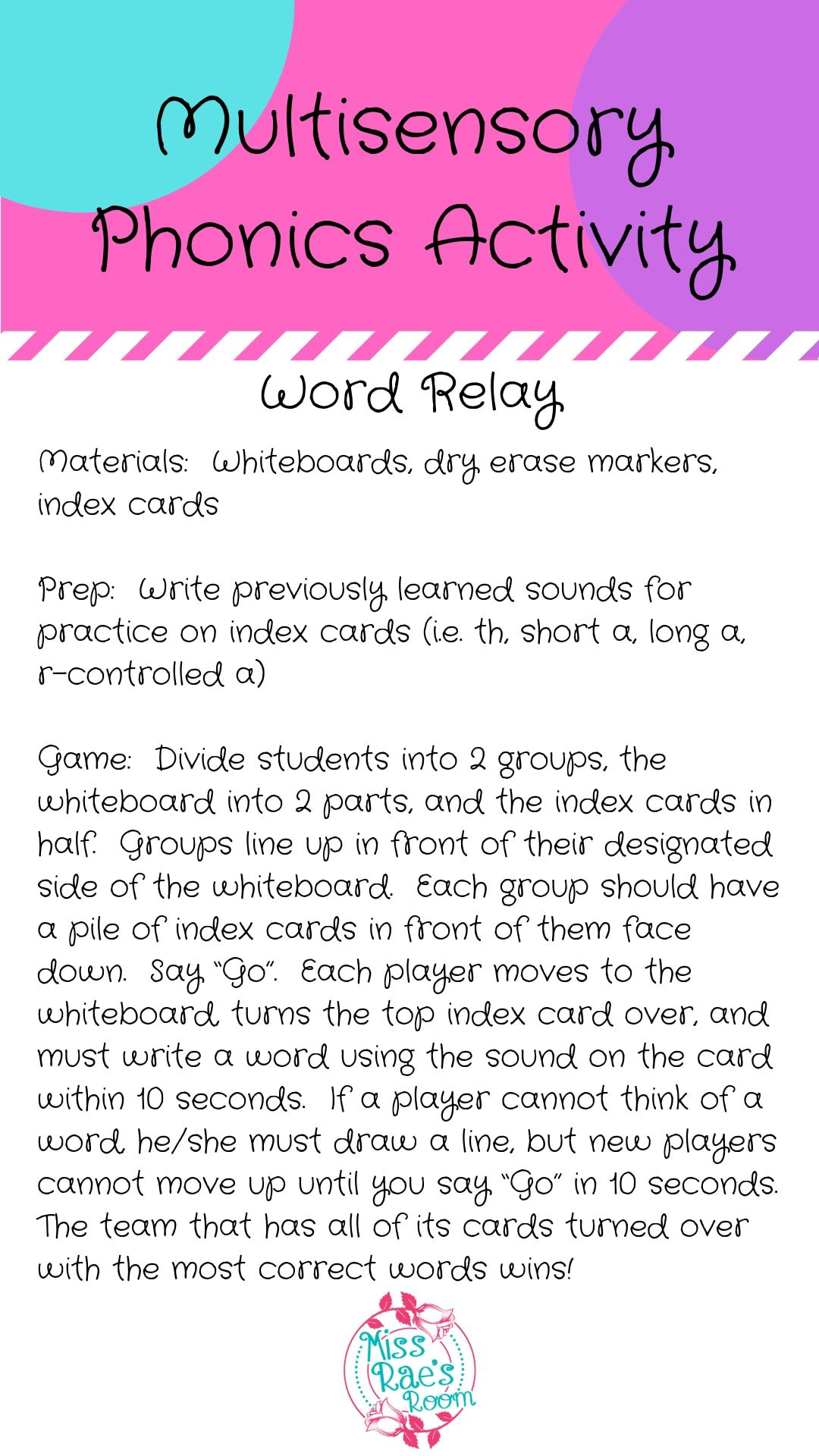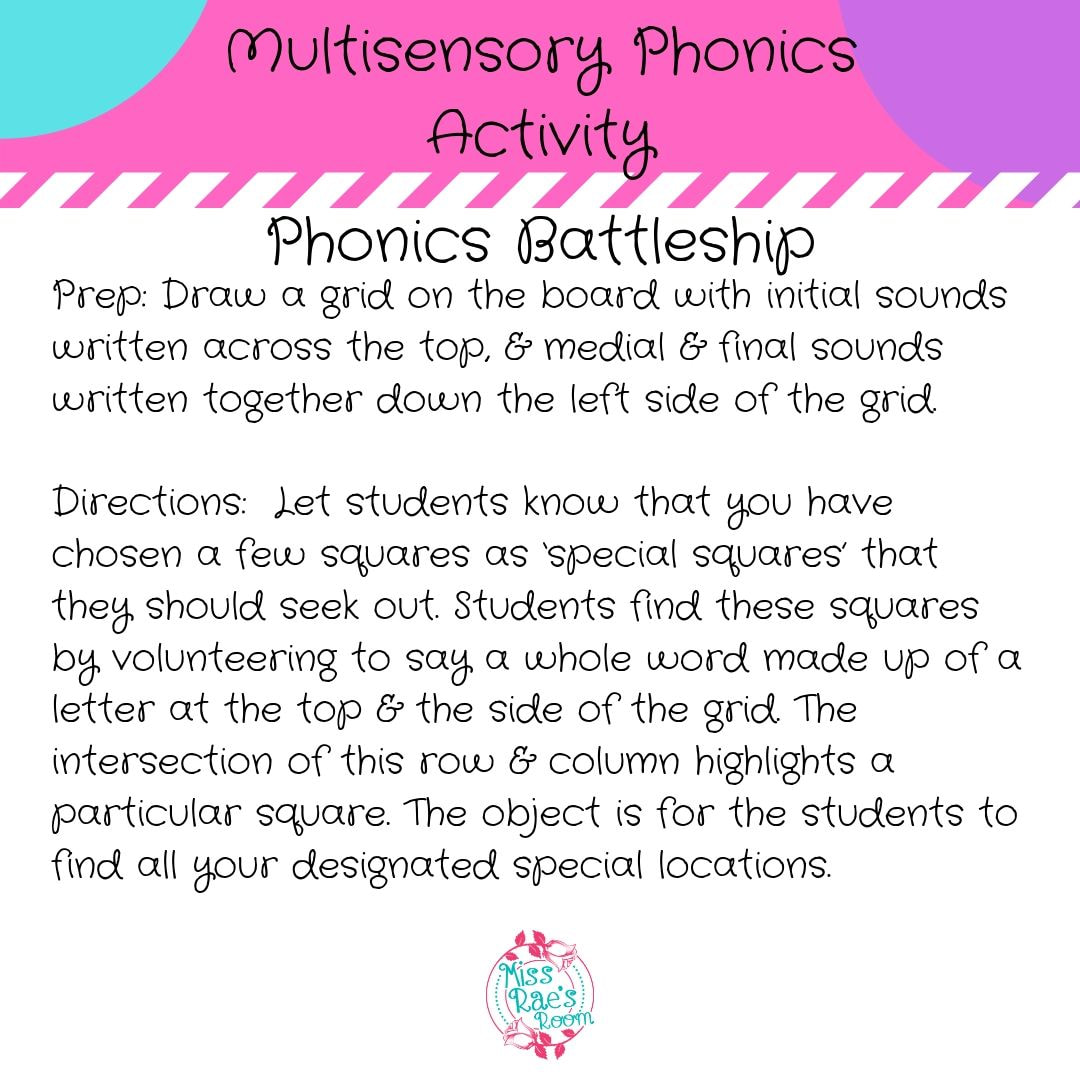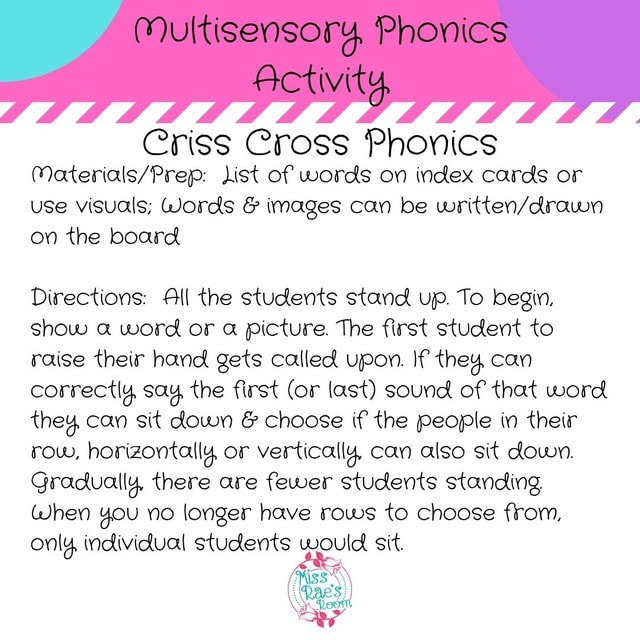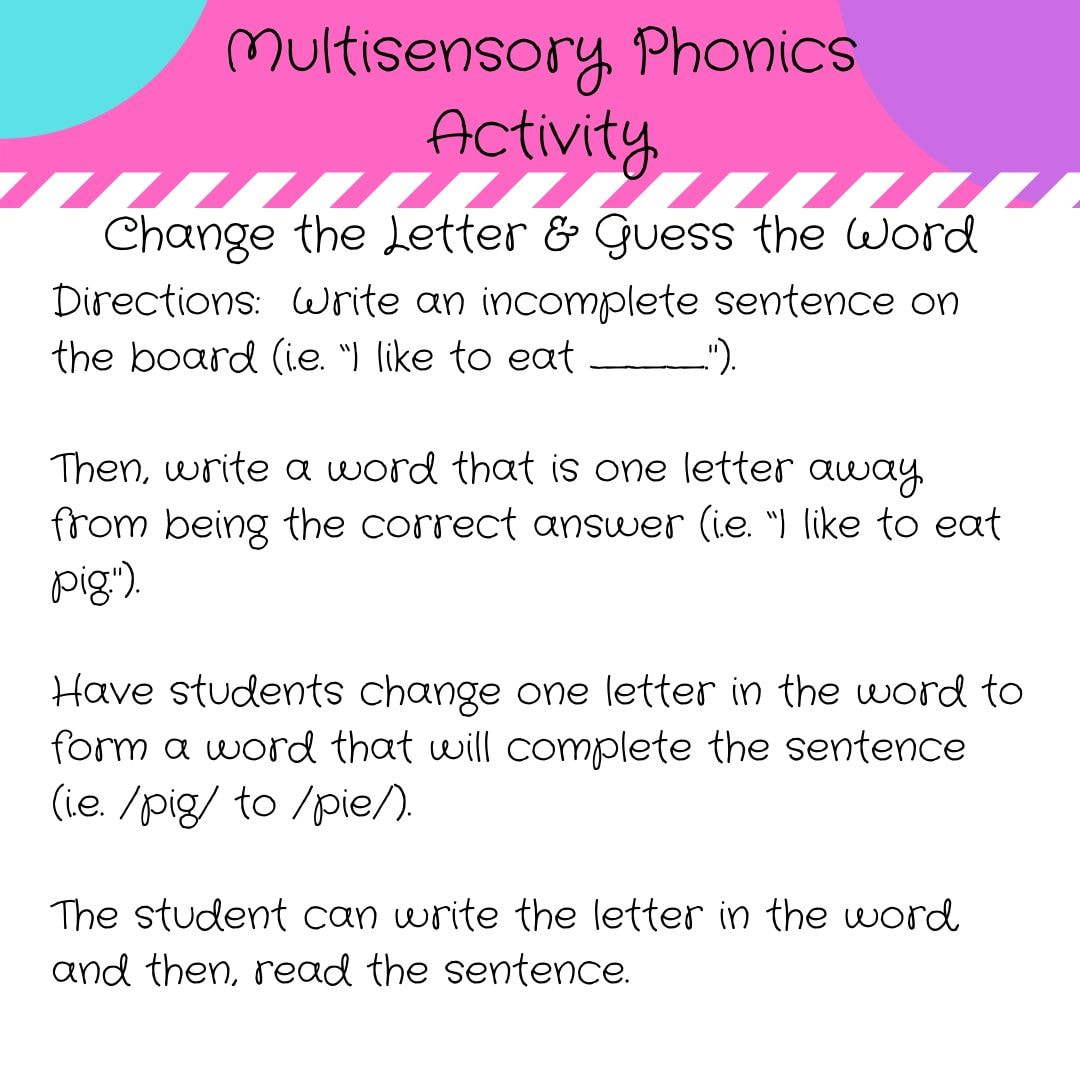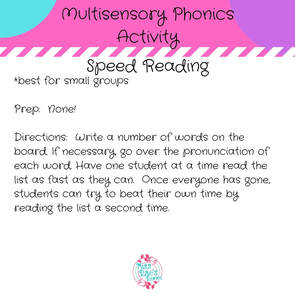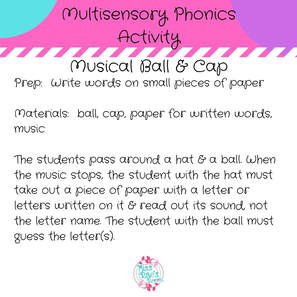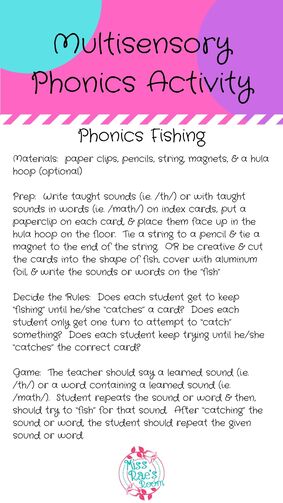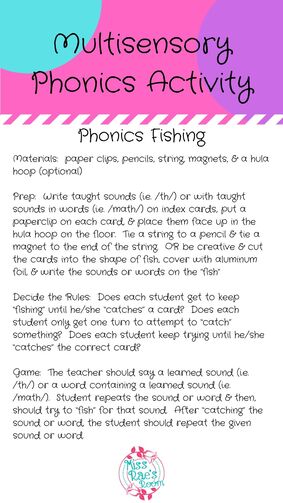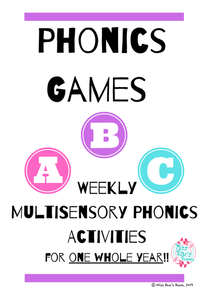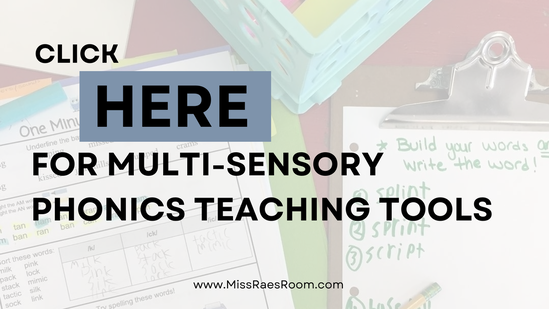Multisensory Approaches to Phonics Instruction: Unlocking Reading Success for Students with Learning Disabilities
Phonics instruction is a crucial component of reading instruction, particularly for students with learning disabilities. By incorporating multisensory approaches, teachers can engage students' various senses to enhance their understanding and retention of phonics skills.
Explore the following effective multisensory phonics activities that can help unlock reading success for students with learning disabilities!
Sand or Salt Tray Writing: Create a tactile experience by providing students with a tray filled with sand or salt. Students use their fingers to trace and write letters or phonetic patterns. This multisensory activity engages touch and kinesthetic senses while reinforcing letter-sound relationships. Grab trays HERE and sand HERE!
Letter Tiles and Manipulatives: Use letter tiles or manipulatives, such as magnetic letters or foam letter shapes, to build words. Students can physically manipulate the tiles to form and rearrange letters, blending and segmenting sounds to create words. This hands-on approach reinforces letter-sound correspondence and phonemic awareness. You get letters HERE!
Explore the following effective multisensory phonics activities that can help unlock reading success for students with learning disabilities!
Sand or Salt Tray Writing: Create a tactile experience by providing students with a tray filled with sand or salt. Students use their fingers to trace and write letters or phonetic patterns. This multisensory activity engages touch and kinesthetic senses while reinforcing letter-sound relationships. Grab trays HERE and sand HERE!
Letter Tiles and Manipulatives: Use letter tiles or manipulatives, such as magnetic letters or foam letter shapes, to build words. Students can physically manipulate the tiles to form and rearrange letters, blending and segmenting sounds to create words. This hands-on approach reinforces letter-sound correspondence and phonemic awareness. You get letters HERE!
|
Sound Boxes: Sound boxes provide a visual representation of phonemes within words. Draw a series of boxes representing each sound in a word. Students place tokens or chips in each box to represent individual sounds, helping them grasp the concept of phoneme segmentation.
Multisensory Word Walls: Create a multisensory word wall by incorporating visual, auditory, and kinesthetic elements. Include large, colorful word cards with corresponding pictures, gestures, and sound cues. Encourage students to touch, say, and act out the words, reinforcing their phonics knowledge. |
|
Sensory Bins: Utilize sensory bins filled with materials like rice, beans, or small objects. Hide letter cards or phonetic patterns within the sensory material. As students explore and search for the hidden items, they can identify the letters or patterns and practice their corresponding sounds.
Action Phonics: Connect movements or actions with specific phonics sounds. For example, when learning the sound /s/, students can slither like snakes or make hissing sounds. Associating movements with phonics sounds reinforces memory and facilitates learning. |
Sound Discrimination Activities: Engage students in sound discrimination activities using auditory cues. Play games that involve identifying initial, medial, or final sounds in words. Use instruments, sound shakers, or recorded sounds to enhance the auditory experience.
Rhyming and Word Families: Explore rhyming and word families by focusing on common phonetic patterns. Engage students in activities that involve generating rhyming words or sorting words based on similar patterns. This multisensory approach strengthens phonemic awareness and decoding skills.
Rhyming and Word Families: Explore rhyming and word families by focusing on common phonetic patterns. Engage students in activities that involve generating rhyming words or sorting words based on similar patterns. This multisensory approach strengthens phonemic awareness and decoding skills.
|
Chants and Songs: Incorporate chants and songs that highlight specific phonics rules or patterns. Singing or reciting rhythmic chants with accompanying gestures reinforces phonics concepts and provides a memorable learning experience.
Sensory Writing: Allow students to practice writing letters or words using various materials and textures. Provide textured surfaces, such as sandpaper, fabric, or bumpy paper, to create a sensory-rich writing experience. This multisensory approach promotes letter formation and reinforces letter-sound relationships. |
Artistic Phonics: Engage students in artistic activities that involve creating visual representations of phonics concepts. Encourage students to draw, paint, or sculpt letters, words, or phonetic patterns. This creative approach stimulates imagination while reinforcing phonics skills.
Explore these engaging multisensory phonics activities now! (See the list below.) These activities introduce highly effective methods for unlocking reading success, particularly for students with learning disabilities. Incorporating tactile, auditory, visual, and kinesthetic strategies, these techniques engage multiple senses to reinforce letter-sound relationships and enhance phonemic awareness. Elevate your phonics instruction with these memorable and impactful multisensory approaches.
Grab all of the tools you need for multi-sensory phonics instruction HERE!
Multisensory approaches to phonics instruction provide students with learning disabilities with engaging and effective strategies to unlock reading success. By incorporating tactile, auditory, visual, and kinesthetic elements, teachers can cater to students' diverse learning styles and reinforce phonics skills in a meaningful and memorable way.
Implementing these multisensory phonics activities can make a significant difference in supporting students' reading development and building their confidence as readers.
Happy Teaching!
Miss Rae
This site contains product affiliate links. We may receive a commission if you make a purchase after clicking on one of these links.
Multisensory approaches to phonics instruction provide students with learning disabilities with engaging and effective strategies to unlock reading success. By incorporating tactile, auditory, visual, and kinesthetic elements, teachers can cater to students' diverse learning styles and reinforce phonics skills in a meaningful and memorable way.
Implementing these multisensory phonics activities can make a significant difference in supporting students' reading development and building their confidence as readers.
Happy Teaching!
Miss Rae
This site contains product affiliate links. We may receive a commission if you make a purchase after clicking on one of these links.
